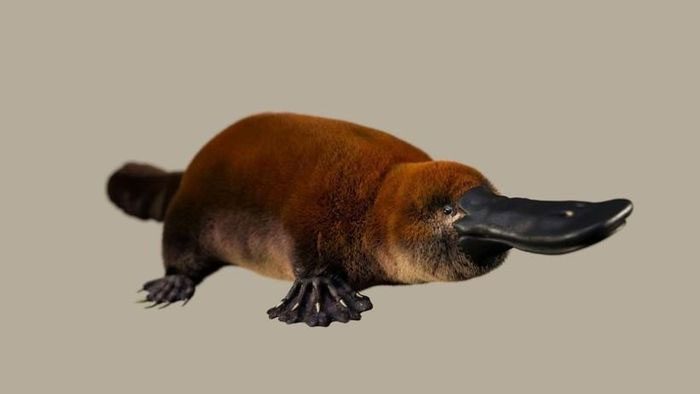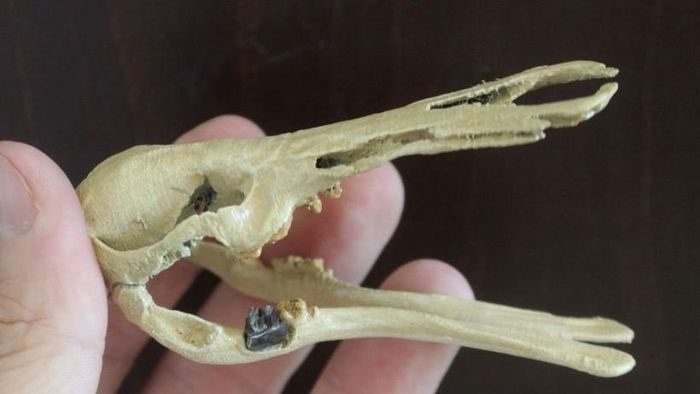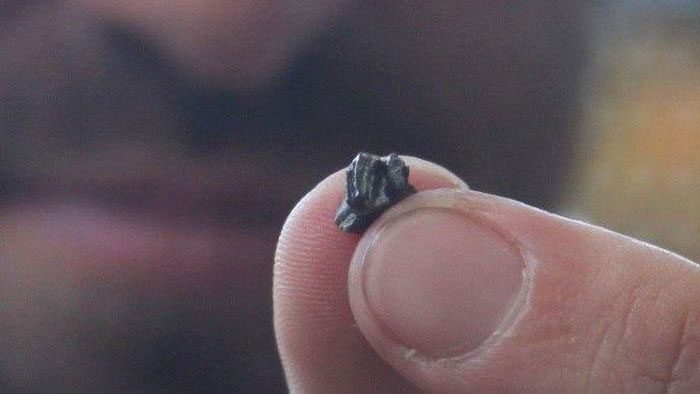The fossil of a species related to the platypus, 70 million years old, named Patagorhynchus pascuali, has been discovered in South America.

Artist’s illustration of the shape of Patagorhynchus pascuali.
This discovery may rewrite the story of where these strange mammals first evolved.
Today, all five living species of monotremes—which include the platypus (Ornithorhynchus anatinus), the short-beaked echidna (Tachyglossus aculeatus), and three species of long-beaked echidnas (Zaglossus)—are found only in Australia and some nearby islands. How did the ancestors of the platypus appear so far away?

Reconstruction of the skull of Patagorhynchus pascuali, featuring a fossilized molar.
Many recent monotreme fossils have been found in South America, leading scientists to speculate that this group of mammals evolved on the vast land of Australia after the continents split and then migrated back to South America via a land bridge.
However, the existence of P. pascuali in Argentina before the continents separated presents a different case.

Close-up of the fossilized molar of the ancient platypus relative Patagorhynchus pascuali.
Robin Beck, an evolutionary biologist at the University of Salford in the UK, shared with Live regarding the study of fossilized mammals, “Fossilized teeth provide us with a tremendous amount of information.”
However, in the case of monotremes, identifying molars is a bit more complex. The molar of P. pascuali is very small and incomplete.
Based on the teeth and its habitat, the diet of P. pascuali primarily consisted of small aquatic invertebrates, including insect larvae and snails.
Additionally, researchers discovered fossil remains of other early mammals, turtles, frogs, snakes, aquatic plants, and various dinosaurs.
“There are still significant gaps in the monotreme fossil record. For example, no monotreme fossils have been discovered in Antarctica, but it is possible that ancient platypus bones lie deep beneath the ice,” Beck shared.





















































